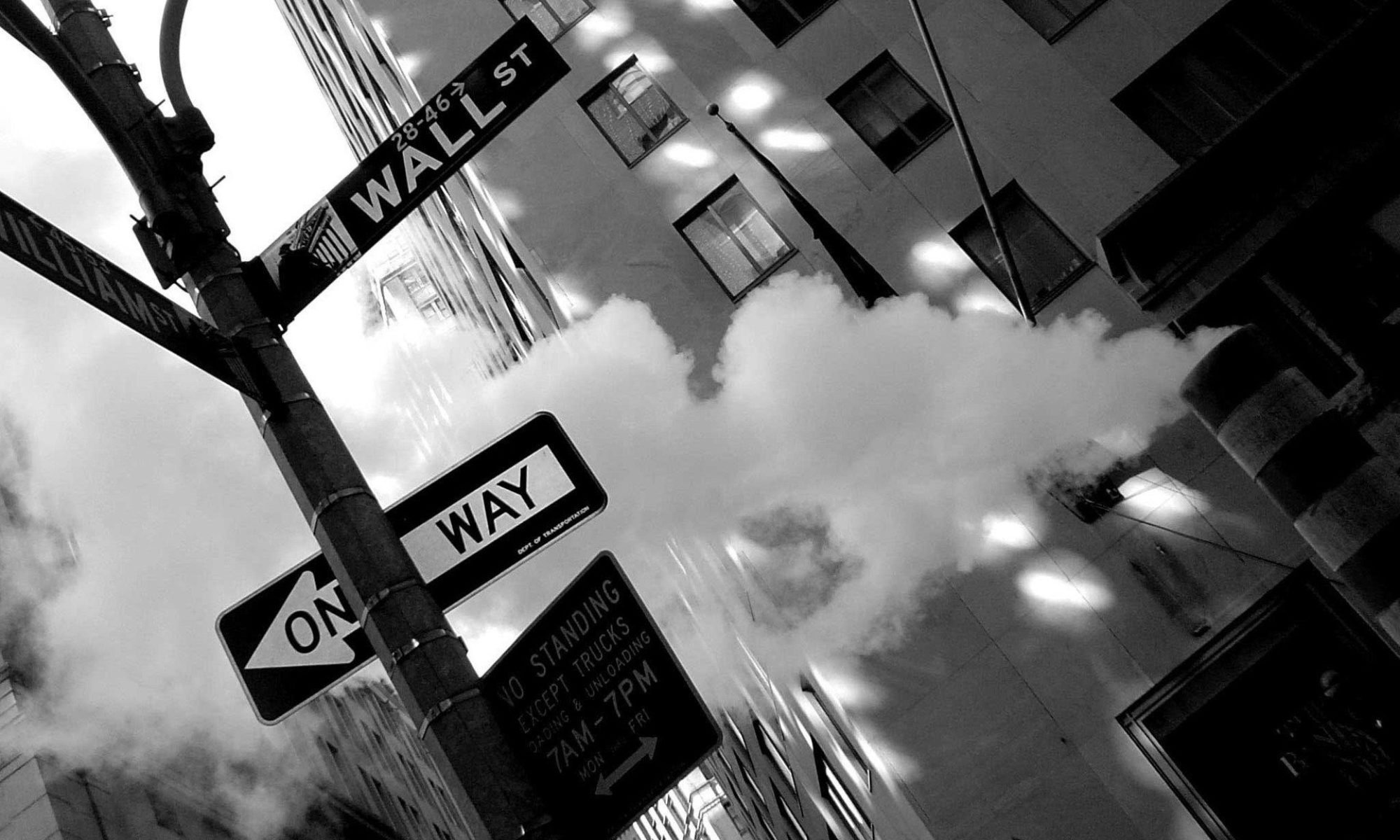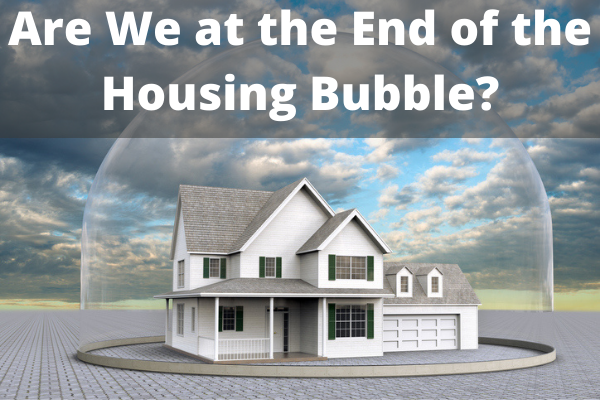It is expected that the housing boom today will flatten by 2022 or even by early 2023 as the rates of mortgage interest increase. The truth is that there is actually no bubble that will burst here although prices might back down from the highs of panic buying.
Is There a Housing Bubble in the First Place?
The market boom led to bids beyond asking prices, frantic purchases, and lots of worry among aspiring homeowners. However, this cannot be considered as a bubble. A housing bubble is not only a mere rise in prices for at the same time, there is also a demand that basic economic factors cannot justify. The reason behind the buying boom is the change in the preferred type of housing on top of the low mortgage rates.
Mortgage rates reached what used to be the all-time low of 4% back in 2011, lingering within this range until the COVID-19 pandemic when they reached 3%. The declined mortgage rates last 2020 further cut down monthly house payments by 12% that allowed most people to purchase houses sooner than later.
Aside from the low mortgage rates, there are also people who saw that remote work will continue in the future .These people craved for additional space and as a result, they felt the need to relocate to single family houses from their smaller and cramped apartments. There are also found it less fun to live in urban areas so they moved to the suburbs where it is common to see more houses than apartments.
Just as predicted, housing prices rose because of the increased demand. However, the supply wasn’t able to adjust as quickly as the demand. The second half of 2020 saw a ramped up production among home builders but supply constraints occurred after several months.
Ready-to-build lots were purchased, construction labor was tricky to find, and workers become less productive because of social distancing. Back-order goods and rising prices of materials squeeze profit margins and this paved way to the current housing boom.
Will the Boom End Soon?
Once again, this current boom is not really a bubble since the increased prices can be explained easily by the basics of limitations in supply and affordable mortgages. Recent housing starts are lower than historical averages although the lower population growth justifies it. However, with the shift to single family from multifamily homes, current levels of construction make sense. Sudden drop in the new constructions is not necessary to maintain reasonable equilibrium.
Is this boom going to end soon? The two secrets here are mortgage rates and meeting the new demand. Young families were able to purchase houses earlier than they might have been able to otherwise because of the low mortgage rates.
It didn’t change the buying economics for people who won’t become homeowners at all. The low mortgage rates instead allowed people to make their dreams come true earlier than what would have been otherwise.
This means that the 2020 and 2021 strong housing market borrows from the future. But, the change in preferences to suburban living from urban living by people who could have purchased houses in the past will become a new demand for good. That is, as long as they don’t get disillusioned when it comes to homeownership.

